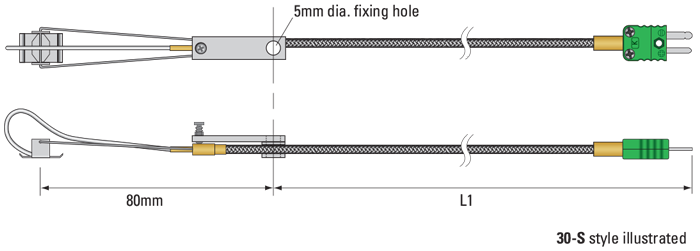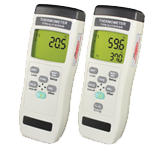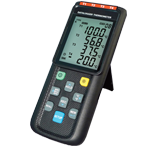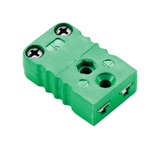Brake Disc Rubbing Thermocouple (Type 30)
General Purpose Thermocouples
 Request a Quote
Buy Online from TC Direct
Data Sheet
Request a Quote
Buy Online from TC Direct
Data Sheet
TC - Trusted by UK manufacturers, OEMs, and research labs for over 50 years.
Related Products
Multi Thermocouple Indicator
Related Products
Hand Held 4 Channel Datalogger with Bluetooth
Related Products
Miniature Socket
The Type 30 brake disc rubbing thermocouple has been specifically designed to monitor brake disc temperatures up to a maximum of 850°C. It incorporates a fast response miniature mineral insulated thermocouple sensor (0.5mm dia. simplex, 1.0mm dia. duplex, heavy duty version is 1.0mm for both simplex and duplex) which is microwelded to a floating, fully adjustable stainless steel shoe. The sensor can be easily adjusted by setting the spring pressure using the supplied screw and locknut set. This allows for perfect setting of the temperature sensor on the brake disc in a variety of applications, which is then easily mounted into position through a 5mm fixing hole which is set in the main body.
- Specifically designed for brake disc temperature monitoring up to 850°C
- Standard, Robust or Heavy Duty versions available
- Easily mounted and fully adjustable for perfect location of the shoe via a screw and nut set on the main body
- Thermocouple Types K, T, J, N or E available
- Colour coded to IEC584.3 or ANSI MC96.1
- If ‘L1’ exceeds 300mm, a pot seal will be fitted at 300mm to facilitate an extension cable
Frequently Asked Questions
- What is a thermocouple and how does it work?
A thermocouple is a type of temperature sensor that generates a voltage when two different metals are joined at one end and exposed to a temperature difference between the "hot" junction (where the temperature is measured) and the "cold" junction (the reference point). This voltage is then measured to determine the temperature at the hot junction. - How do I choose the right thermocouple for my application?
The ideal thermocouple depends on factors such as temperature range, accuracy, termination type, mounting requirements and environmental conditions. We offer a variety of thermocouples with different sheath materials, constructions, terminations, and temperature ratings to meet your needs. If you need specific advice, our engineers are happy to assist! - What is the maximum temperature rating of your thermocouples?
Our thermocouples are designed to handle a wide range of temperatures with some mineral insulated thermocouples able to withstand temperatures up to 1400ºC and ceramic sheathed thermocouples going even higher to 1600ºC. Each product listing includes the maximum temperature rating, so you can choose the best thermocouple for your application.

 France
France Germany
Germany Spain
Spain Netherlands
Netherlands Italy
Italy Hungary
Hungary United States
United States Australia
Australia